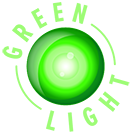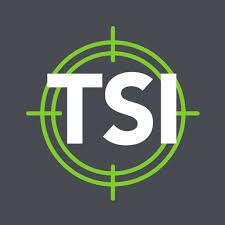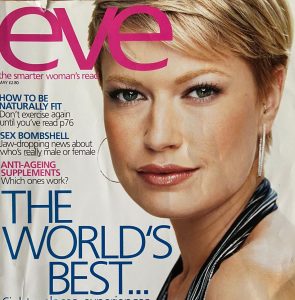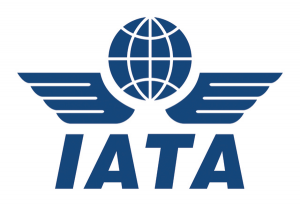June – July 2005, Volume 10 Issue 3
Is profiling the most misunderstood security measure in our arsenal? Philip Baum unravels the mysteries of arguably the most controversial world in aviation security.
Vol. 9, No. 11 2003
As the issue of cosmic radiation hits the aviation news headlines again, crew members are understandably expressing their concern as to the potential damage this can do to their health. With reports emanating from Iceland indicating that aircrew may already be at a greater risk of developing cancer than the general population, small wonder they are apprehensive about their bodies being subjected to X-ray screening for security purposes before they even board. Philip Baum sets out to reassure us that the health risks are probably negligible…but that we might want to think twice about what we wear beneath our uniforms!
Vol. 9, No. 4, 2003
Self-Service check-in is becoming increasingly available to passengers when they travel. However, by allowing passengers to ‘check themselves in’, airport authorities, and indeed, airlines, are losing some control over those passengers. Philip Baum looks at the security implications of such systems.
Vol. 8, No. 1, 2002
When 19 men hijacked four different jets on September 11th and flew them into densely populated areas, the aviation security industry was turned on its head. For years there has been an ever-increasing level of threat denial by airlines and an over reliance on technologies that would only be able to assist in the identification of certain hazardous items. By September 12th, the question was how to prevent the next suicidal hijacker. Solutions mooted were numerous and one of the most controversial was the possibility of deploying sky marshal on each and every flight. Philip Baum looks at this last line of defence.
It was an event that altered the history of the world. An event, so shocking and lacking in reason, that relatively few of the billions of people inhabiting planet Earth have failed to witness the constantly replayed television images. An event that demonstrated the depths to which members of the human race can sink. An event that will, no doubt, change the way we view the world and function within it. The security implications for the aviation industry must now be considered.
May, 2002
In 1972, air stewardess Vesna Vulovic’s plane was blown up in midair by terrorists. Incredibly, Vesna survived. But did she ever recover from the trauma?
Vol. 7, No. 4, 2001
News pictures of hijacked aircraft, standing impotently on airfields around the globe, are images that have made an unwelcome return to our television screens. Whilst the threat has been ever-present, recent incidents indicate that the motives behind the acts are no longer merely asylum seeking attempts, but rather a return on international terrorism. Philip Baum looks at the current trends and highlights areas in which crews can be better trained to respond.
December, 2000
September 1970: three hijacked aircraft are blown up by Palestinian guerrillas at Dawson’s Field, Jordan. At the centre of it all is 26-year-old Leila Khaled, dubbed ‘The Hijack Queen’ by the world’s media. On the 30th anniversary of Dawson’s Field, how does she feel about it all?
Airlines International, May-June 1999, Volume 5 Issue 3
Hijackings and onboard threats to passengers and crew are not diminishing. After all the electronic checking devices, the best defence is having crew members appropriately trained, says Philip Baum.
October-November 1998, Volume 3 Issue 5
Expensive new high technology equipment is protecting large airports in developed nations. Airports in poorer parts of the world, such as Africa, can improve their security more cost effectively through better training. Philip Baum reports.
October/December 1996
There are security lessons to be learned from the hijacking of a Sudan Airways A310 in August, 1996. In this article, Philip Baum, Managing Director of Green Light Limited, a London-based aviation security training company, specialising in hijack prevention, recommends 10 steps to improve airport security.











